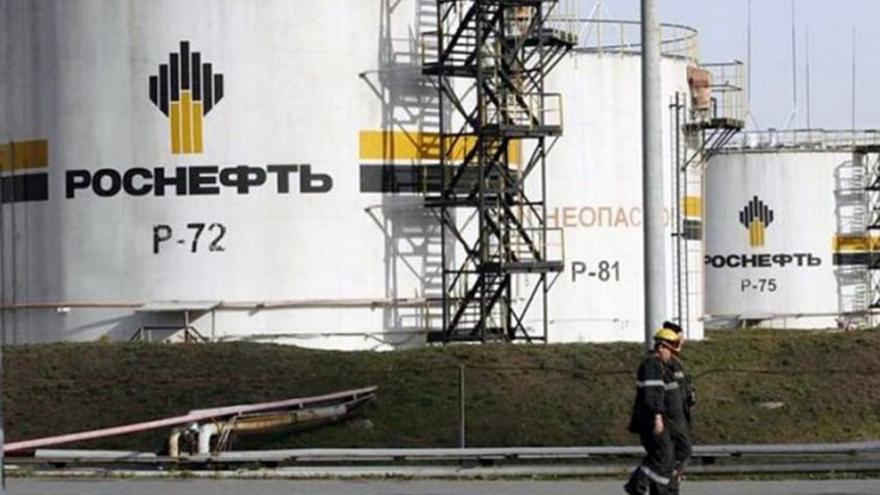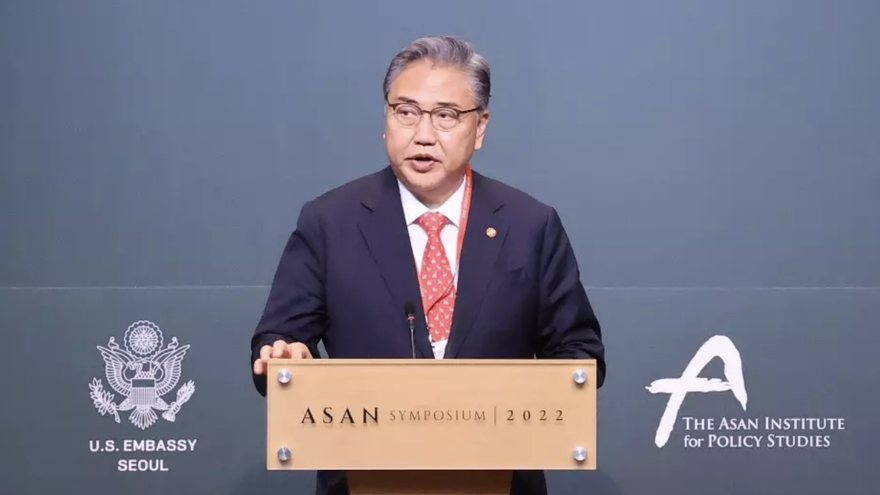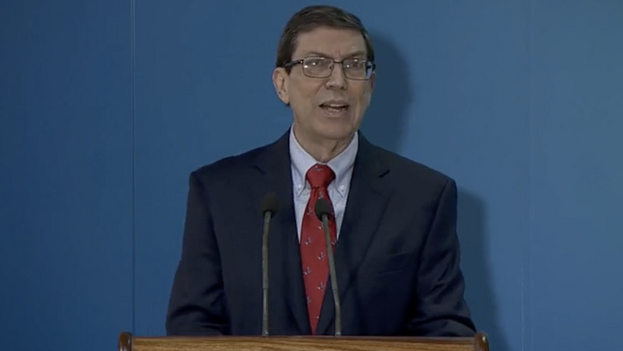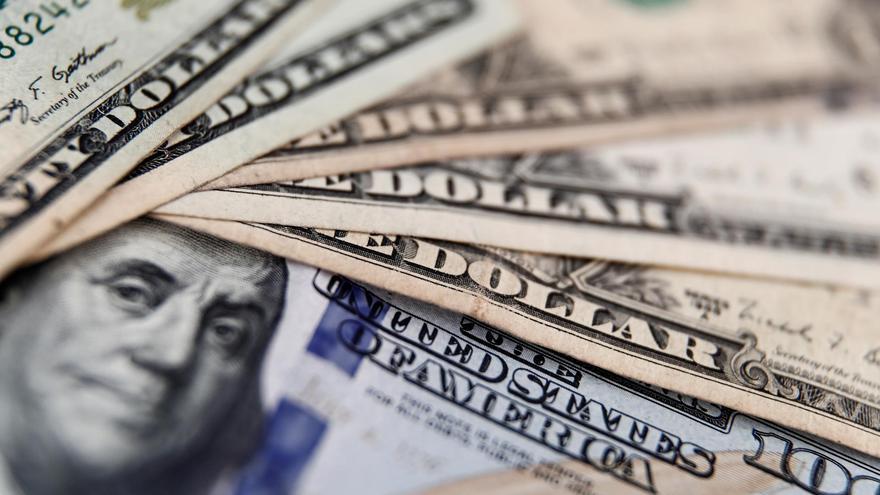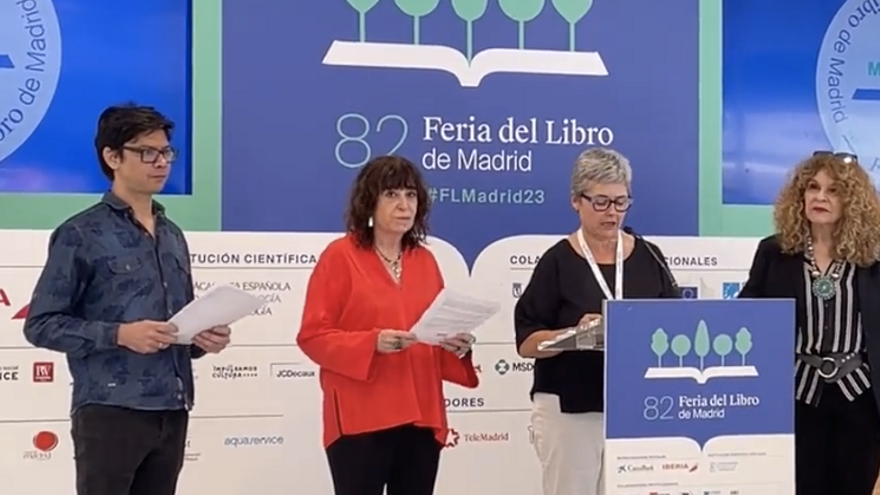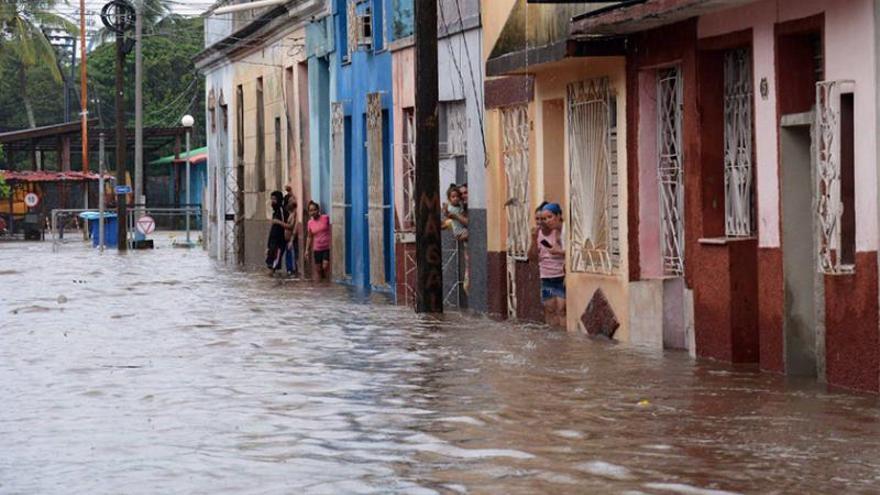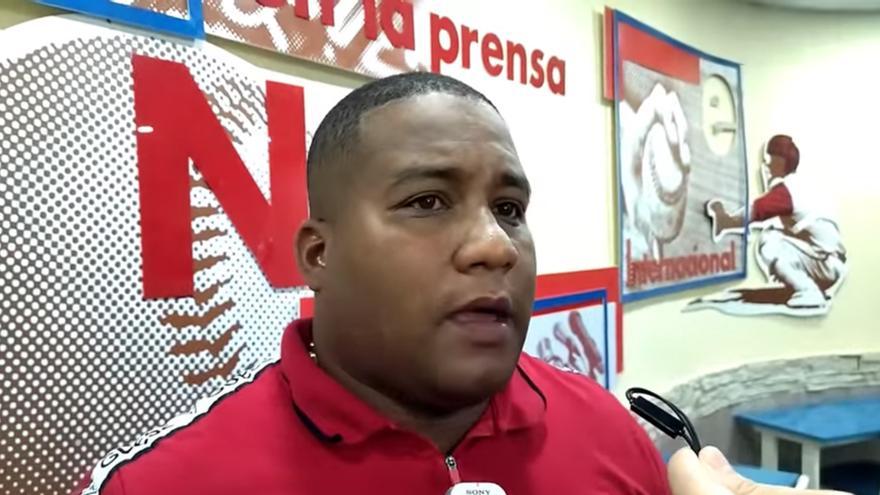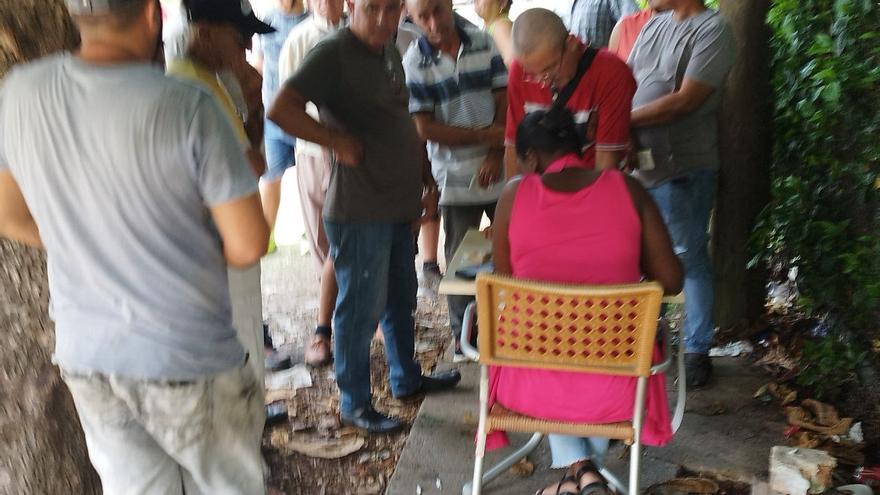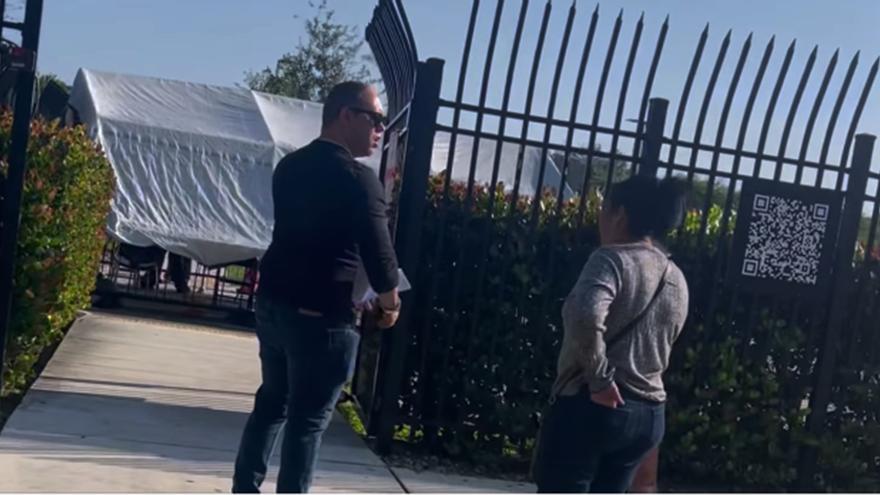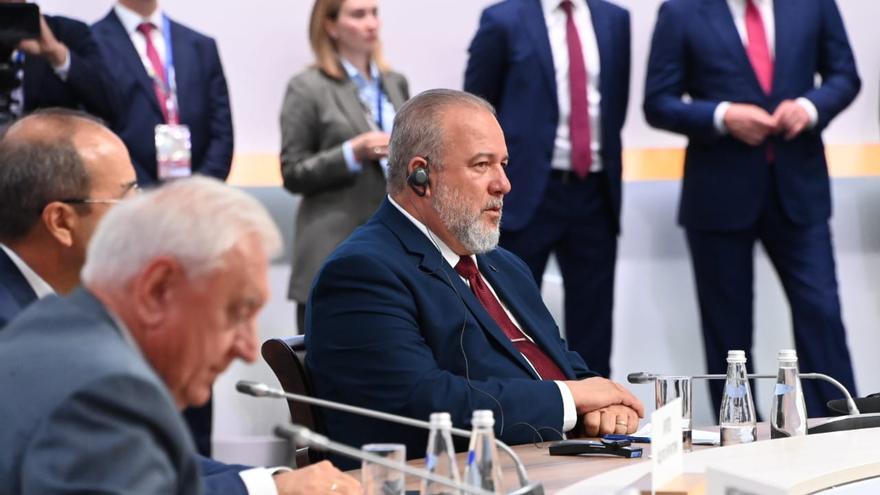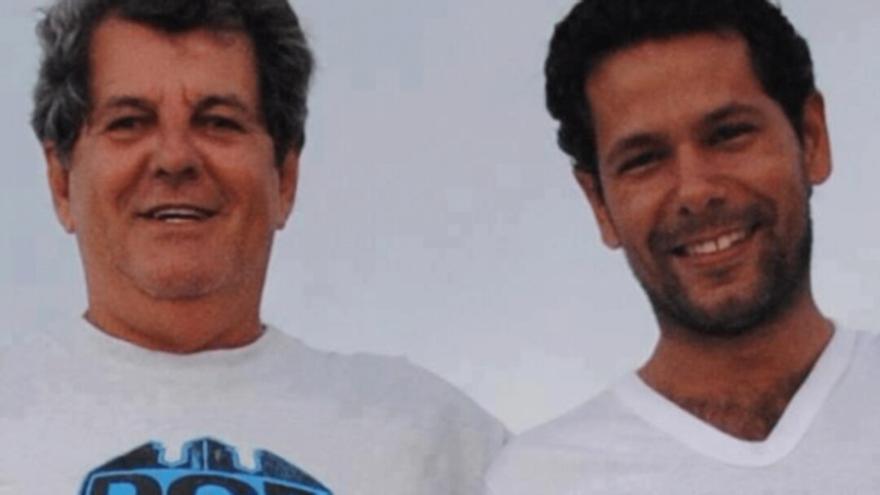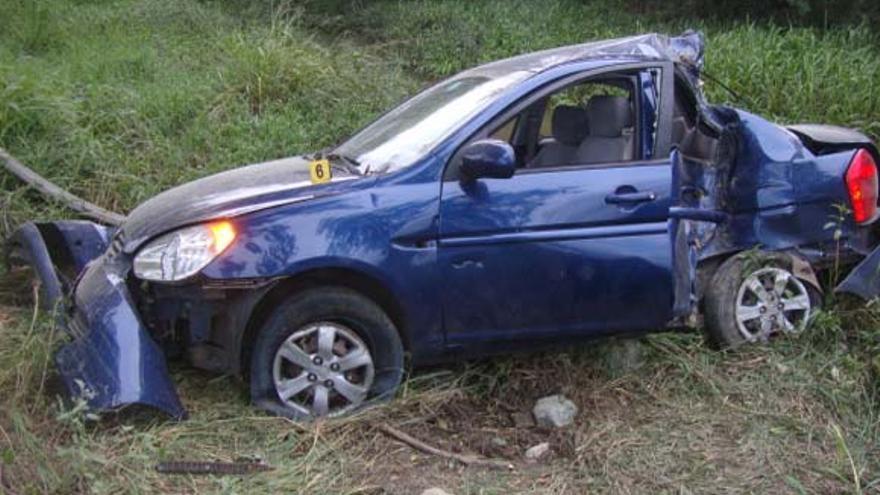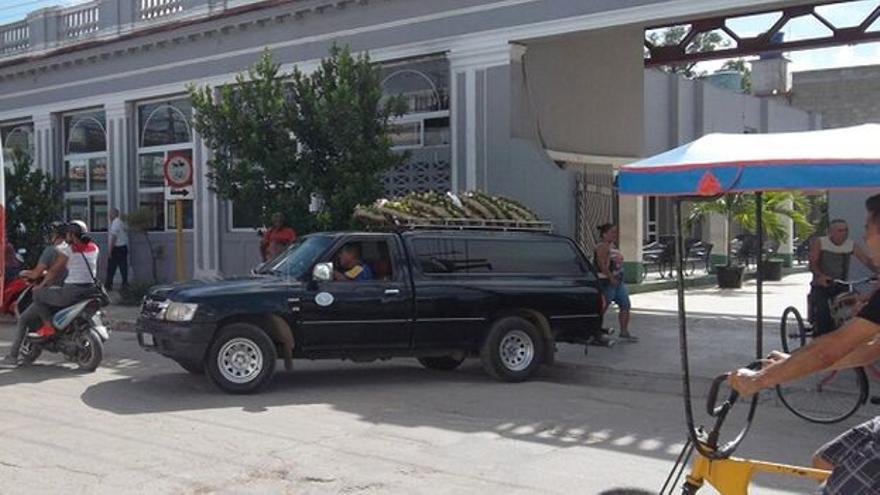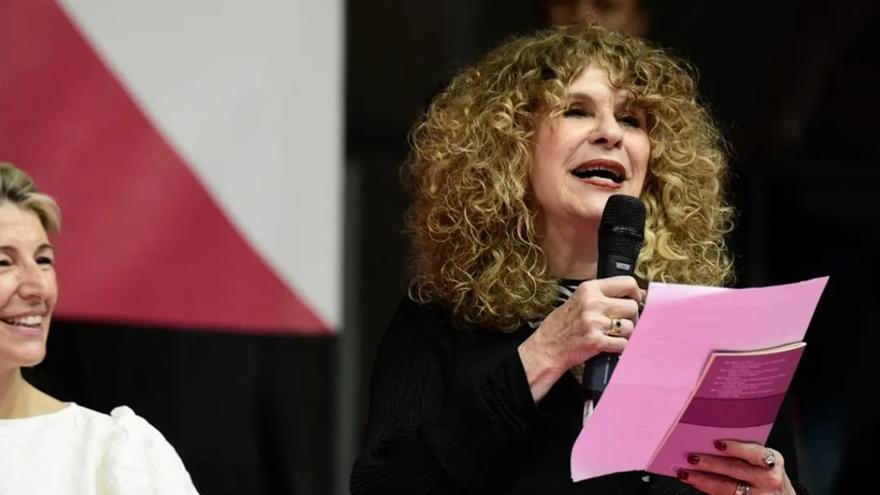
![]() 14ymedio, Havana, 13 June 2023 — The iconic United States embassy in Havana, located along the city’s seaside Malecón, is undergoing renovation after years of progressive deterioration. Benjamin Ziff, the top U.S. diplomat in Cuba, told the news agency Reuters that Washington is investing twenty-eight million dollars to repair damaged portions of the building.
14ymedio, Havana, 13 June 2023 — The iconic United States embassy in Havana, located along the city’s seaside Malecón, is undergoing renovation after years of progressive deterioration. Benjamin Ziff, the top U.S. diplomat in Cuba, told the news agency Reuters that Washington is investing twenty-eight million dollars to repair damaged portions of the building.
“The important thing to realize about diplomacy is that it is not only policy; it’s logistics,” said Ziff. There will also be an increase in consular personnel as well as programs to promote human rights and private business on the island.
The project is happening amid new tensions in the always precarious diplomatic relations between Havana and Washington. The news comes after the Wall Street Journal reported that Cuba had reached an agreement with China to build a spy base on the island. The Cuban government initially denied the report while the White House characterized it as “inexact.”
Late last month, however, the U.S. governement declassified secret intelligence documents indicating that it was aware of Chinese spying operations on the island by the time Joe Biden took office in January 2021 if not before.
Ziff notes that investing in repairs to the U.S. embassy will restore the country’s diplomatic presence on the island. “You need to have people. You need to have a building,” he says. continue reading
14ymedio has confirmed that work crews doing maintenance on the building are encountering serious deterioration both in the building itself and in the embassy’s living quarters, which have been vacant since the U.S. drastically reduced embassy staff due to concerns over suspected “sonic attacks” on personnel, which ultimately led to a suspension of most consular services.
A source confirmed that the living quarters are largely empty because there are so employees to occupy them. Doors, toilets and sinks have been stolen from some of the units.
Maintenance work began in May 2022 and will likely continue into the third quarter of 2024. Reuters reports that the delay is due to disputes and a lack of confidence between the two countries.
The roughly twelve-person construction crew, which includes five Cubans, must be accompanied at all times by U.S. contractors with special security clearances. The Cuban government, however, has been slow to issue them visas.
They have also had to deal with a shortatge of constuction materials on the island. For example, if a contractor breaks a sawblade, he has to return to the United States to get a replacement. He then has to apply for another visa to get back into Cuba, a process can take two months, during which time work grinds to a halt.
Machinery imported from the U.S. was also damaged due to the high sulfur content of the fuel. There have also been delays due to shortages of cement and steel rebars.
Ziff notes that some problems were resolved after the Cuban government agreed to streamline its visa process and the State Department sent over stainless steel for the fencing and granite for the building’s new facade.
No sooner do things seem to be moving forward, however, than new problems crop up. So-called “secure” containers to transport sensitive building materials under diplomatic seal are now facing bureaucratic delays. “There is an understanding that it is good for the bilateral relationship to have an embassy that is safe and secure,” Ziff said. “However, trying to bring in materials remains a problem.”
The building officially reopened as an embassy in 2015 during the Obama administration. Prior to that, it was known as the United States Interests Section in Havana. Two years later, employees began suffering from neurological conditions that came to be known as “Havana syndrome” and staff size was reduced.
According to Ziff, intelligence investigations have determined that it is “highly unlikely” that a foreign adversary was responsible for these illnesses. He reports that the embassy’s staff and agenda have returned to “a more solid” footing.
____________
COLLABORATE WITH OUR WORK: The 14ymedio team is committed to practicing serious journalism that reflects Cuba’s reality in all its depth. Thank you for joining us on this long journey. We invite you to continue supporting us by becoming a member of 14ymedio now. Together we can continue transforming journalism in Cuba.

